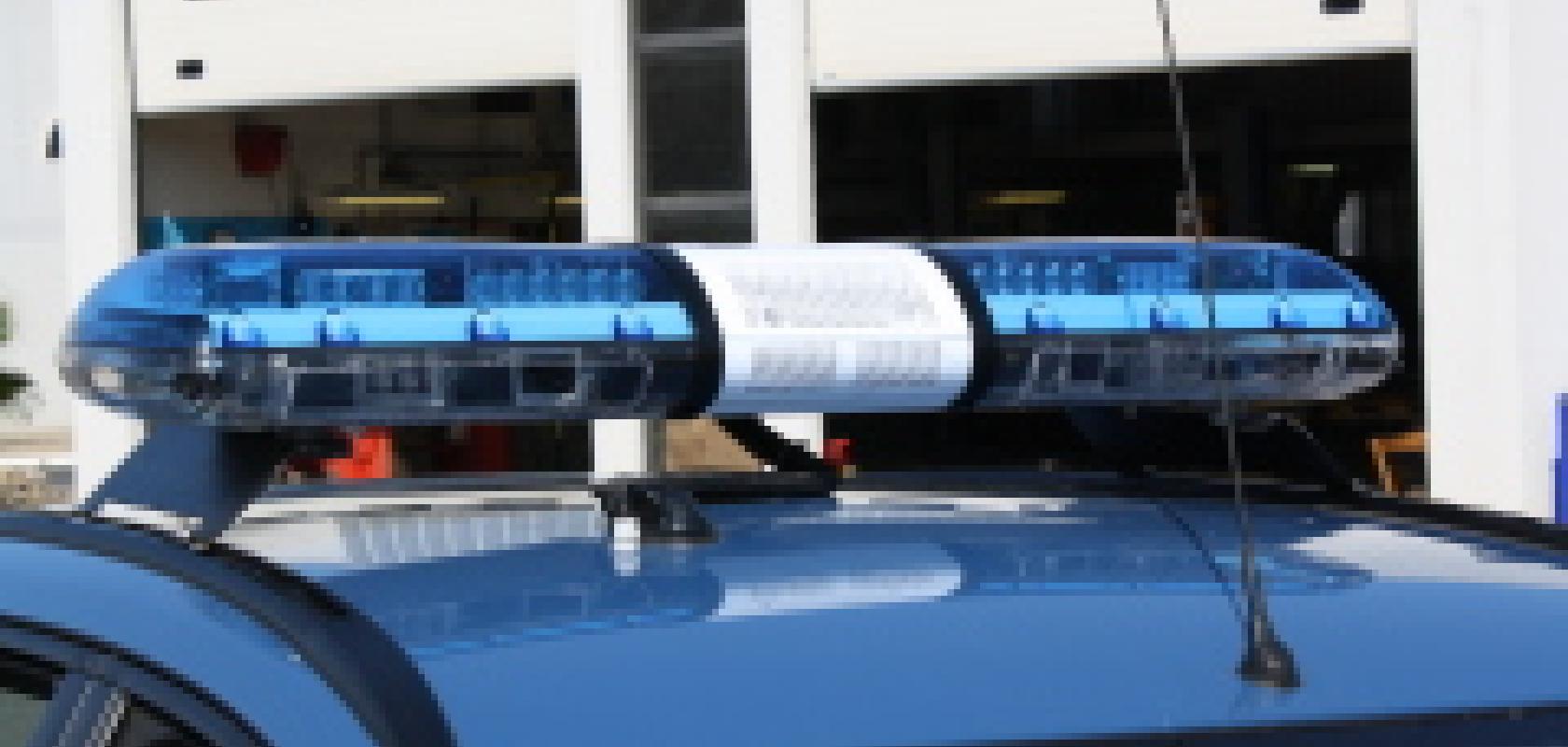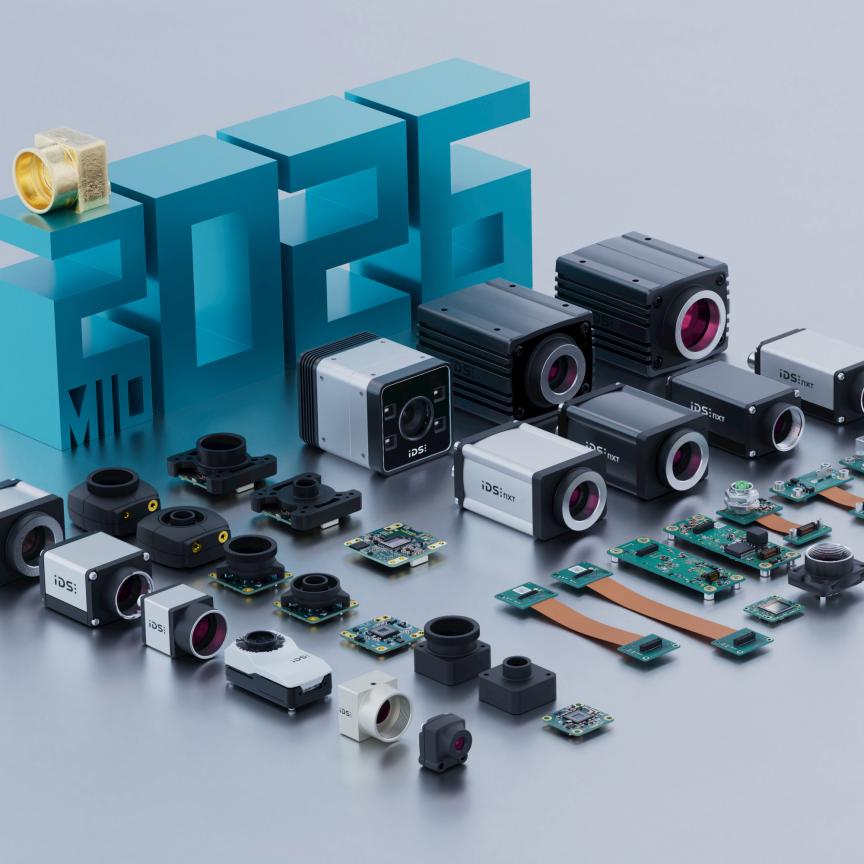Survision, a Paris-based integrator of imaging technology, has begun equipping around 1,000 vehicles from the three French national security organisations (the gendarmerie, the police, and the customs authority) with a new type of integrated automatic number plate recognition (ANPR) system.
All of the components of the new system fit within the lightbar on top of the vehicle, including up to seven Sony EX20 block cameras for both ANPR and context overview, infrared illumination, and all of the processing equipment necessary to extract number plate data and check it against a database of stolen vehicles.
Jacques Jouannais, CEO of Survision, told Imaging and Machine Vision Europe that integrating all of the vision and processing elements into a standard-sized lightbar was an important selling point for the French police, as was the system's ability to scan the number plates of passing cars continuously without user input. 'In all of the ANPR solutions developed prior to this, the processing has taken place inside the vehicle, and has required an additional, dedicated processing unit. Police officers have very limited space inside their vehicles, and they have many things to do without having to worry about controlling the cameras.'
The results of initial tests have been impressive; one police car equipped with the system was able to check as number plates in half a day as a team of 30 police officers checks manually in a year.
Although Jounnais acknowledged that the system is expensive, he stated that its installation can actually generate revenue for police forces by combining the detection of stolen vehicles with revenue-generating tasks such as recording traffic violations. 'Police forces can make the prosecution-driven applications finance the stolen vehicle detection, which is an attractive prospect. Up until now, detecting stolen vehicles was purely an expense for the police forces of Europe,' he explained.
The system, he said, gives police forces three functionalities: First, the system automatically scans number plates, day or night, cross-checking these against a database of stolen vehicles and raising an alert inside the police car as necessary. Second, the system can record anything happening around the vehicle, much as dashboard cameras do currently. Thirdly, the system is optimised to produce evidence for prosecution. 'We have the capacity to put triggers on the recording so that the system can automatically log all of the pieces of evidence that a prosecutor might need, such as GPS position, the number plates, time of day, etc,' he said. 'The system can speed up a prosecution by removes the possibility for someone to say “no that was not me using that cell phone, that was not my car” or something similar.'
The lightbar itself is not an easy environment into which cameras and their supporting equipment can be installed, both in terms of limited space and a harsh environment. ‘The temperature is 80°C in summer and -20°C in winter, and there’s significant humidity too,’ said Jounnais. ‘In terms of physical integration, this was a big step forwards, and we were only able to achieve it due to the characteristics and the functionalities of Sony’s EX20 camera; it’s very small, very compact, and compatible with extreme conditions.’
The market for these technologies is still largely up for grabs; while ANPR systems have been deployed at various sites in the UK over the last six years (London’s ‘Ring of Steel’ for example), many other European police forces are yet to follow suit. Additionally, the UKs older installations will need to be updated in the not-too-distant future, and Jounnais hopes that Survision will be the provider of choice.


